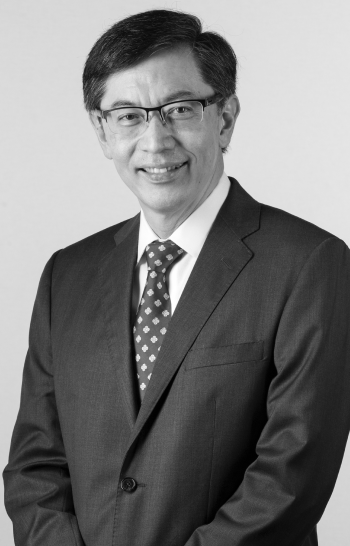Contextual commentary from Huijin: Fernando is an alumni of our positive influence course at the MBA and early executive levels. Yet I’ve always sensed that there was some bottleneck which prevented him from fully applying the principles for great impact on his career and personal satisfaction. But I didn’t know exactly what the bottleneck was. So I was delighted to see him at our positive influence conference in October 2023 and to hear of his subsequent breakthrough. He signed up for the small group positive influence clinic that afternoon where he, together with the high challenge high support of his peers, could really dig into his current career bottleneck.
Some of the discussions were intense, on how he might be sabotaging his own efforts to get more support for the career advancement he wanted at his multinational company, how to build stronger relationships with Western as well as Chinese senior stakeholders. I left the clinic not quite sure how much he took away from it. Therefore, his breakthrough after the clinic, that it was his being he needed to align to his intentions, was music to my ears. The world is never short of frameworks, ideas. Whether we can make them work for us, for positive impact, depends on our being.
Fernando’s Sharing
In a workshop conducted by Tsun-yan and Huijin at the Positive Influence Clinic, I found myself benefiting significantly and breaking free from a professional rut. The impact prompted me to reflect on the experience, leading to three key takeaways:
-
Sincerity in Approach: Tsun-Yan and Hui Jin’s emphasis on sincerity made me reevaluate recent career discussions. I realized that my lack of 100% sincerity might be a reason for my perceived ineffectiveness in my approach.
-
Feel-Think-Do Model: The workshop encouraged me to go beyond filling templates when preparing for discussions. Instead, I now focus on the feel, think, do model, adding depth and authenticity to my conversations.
-
Acknowledging my Entitlement: Despite thinking I wasn’t entitled, the session highlighted subtle entitlement behaviors. Confronting this allowed me to make positive changes in my interactions, particularly with my direct line manager.
Encouraged by these insights, I initiated a conversation with the VP of the region before the break. While not achieving all my objectives, it set me on the right path. Adjusting my attitude towards my direct line manager resulted in an immediate positive response from them as well.
I’ve been in many of Tsun-Yan’s and Huijin’s talks and attended many LinHart programmes (NTU Programme Facilitator and Life2 Alumni), and every time I go to a LinHart session, some parts of the programmes click deeper for me. After this workshop, by relating the template into a sincere approach and mindset, I understood why I could never get past this inflection point or “fully fill the template of influence”. I was looking in the wrong place, I was relying on my head and out of touch with my emotions and deeper being.
I am more of a logical person and have been relying on my head to get me through those negative spirals. The workshop allowed me to be challenged on this overreliance in my head and my sincerity when I approach people. For example, I reflected on a recent interaction I had with someone: where I was emailing them to arrange a catch up, but really I was emailing this person to ask for a job. Tsun-yan’s words about sincerity in our approach to people made me reflect deeper on the gap between my +influencing goal and my +influencing attempts.
I challenged myself to use this influencing framework with both my head and my heart. The day after the workshop, I prepared for 3 conversations and looked in a different place: my heart. I tapped into my being, and connected it with my heart. Suddenly the words flowed! I could connect with the words within minutes. So I went from achieving 0 conversations in 8 years to 3 within 10 minutes.
These skills and frameworks are not templates to copy and paste my life into, but rather a mindset tool that I use for my day-to-day interactions. These tools only work if you go deeper with them. When I interacted with these tools using my rational and logical mind only, I was merely hovering on the surface. But to really get these tools to work, you need to dive into the situation with one’s full being. For me it was to use my emotions and really interact with how the situation made me feel and how I would make others feel in my conversations with them.




